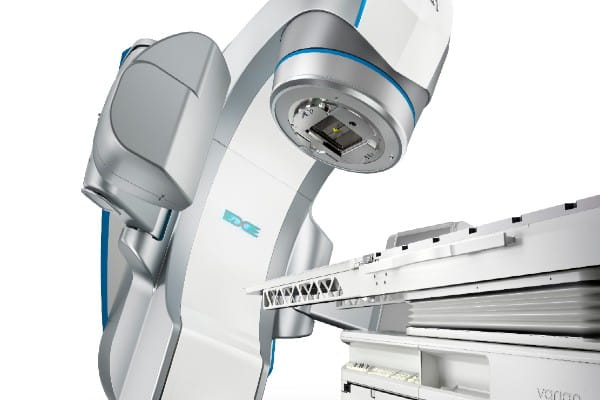Degenerative Disc Disease Overview
What is degenerative disc disease?
The discs between the vertebrae in your spine are rubbery pads that help with flexibility and serve as shock absorbers. Over time, degenerative disc disease develops when these pads become worn down, dried and cracked due to regular activities or injury. Most discs in the spine lose water content as we age. This leads to a loss of flexibility and fissures then the disc itself. If there are a lot of cracks to the outside layer of a disc, the inner part may bulge (this is called a bulging disc) or slip out of place (this is called a slipped disc or herniated disc).
Degenerative discs occur in the lumbar area of the spine (lower back), thoracic and cervical spine. Most of the time this is a normal by product of aging and the body accommodate that these changes. In some instances, it can be a significant source of pain and stiffness.
Who gets it and when?
Because degenerative disc disease is caused by regular wear and tear on the spine over time, it occurs more often in older individuals. Both women and men can develop it, but it is more common in women.
Degenerative Disc Disease Causes and Risk Factors
What are the causes and risk factors of degenerative disc disease?
Factors that increase the risk for degenerative disc disease include age, obesity, heavy lifting, manual labor, smoking and a family history of this condition.
Degenerative Disc Disease Symptoms
What are the signs and symptoms of degenerative disc disease?
People with degenerative disc disease report the following symptoms:
- Sharp pain from the area of the damaged disc
- Pain that worsens when sitting, bending, lifting or twisting
- Pain that may come and go, can range from mild to severe and may worsen over time .
- Pain that improves with movement, walking, position changes or lying down
- Tingling, muscle weakness and/or numbness in the arm (when related to the neck) or leg (when related to the lower back)
Degenerative Disc Disease Diagnosis
How is degenerative disc disease diagnosed?
To diagnose degenerative disc disease, your provider will begin by reviewing your medical history and conducting a physical exam. Because there are many conditions with symptoms that include numbness or nerve issues, multiple possibilities may need to be considered and ruled out before reaching a diagnosis.
Diagnostic imaging may include an X-ray, MRI and/or CT. Another diagnostic test that might be used is the electromyogram, or EMG.
Degenerative Disc Disease Treatment
How is degenerative disc disease treated?
For most patients, medical management along with physical therapy addresses the issues related to degenerative disc disease.
Medical
Medications used in the management of degenerative disc disease include over-the-counter NSAIDs, such as ibuprofen (Advil/Motrin) and naproxen (Aleve, Naprosyn), prescription-level anti-inflammatories/NSAIDs, corticosteroids and Cox 2 inhibitors such as Celebrex and Mobic.
Physical Therapy
Physical therapy can be effective at increasing the strength and flexibility of the muscles surrounding the affected area (the lower back or neck).
Non-Surgical Procedures
Targeted cervical epidural steroid injections are one common non-surgical treatment for degenerative disc disease. Another is radiofrequency neurotomy, a procedure in which radio waves are used to create heat and destroy part of the nerve tissue to prevent it from sending pain signals to your brain. The success of this procedure varies greatly by individual patients. Some feel immediate relief, while some take three weeks to feel the impact and others feel very limited relief. There is a time limit to the benefit, with relief usually lasting six to 12 months, though some experience results for a longer period.
Surgical
Surgeries performed to treat degenerative disc disease include spinal fusion, discectomy, foraminotomy, laminotomy, laminectomy and artificial disc replacement. surgical procedures are generally aimed at alleviating arm pain and symptoms from the impact of the degenerative disc compressing a nerve


